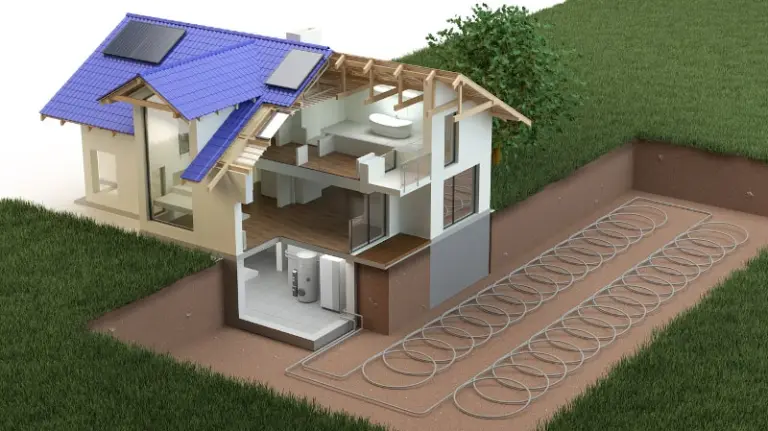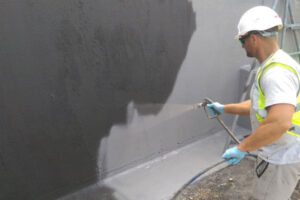The Ultimate Guide to Geothermal Heat Pump Installation

Geothermal heat pumps
Geothermal heat pumps, also known as ground-source heat pumps, are becoming increasingly popular as a sustainable and energy-efficient way to heat and cool homes. This innovative technology leverages the earth’s stable underground temperature to provide heating, cooling, and even hot water. If you’re considering installing a geothermal heat pump, this guide will walk you through the process, benefits, and considerations.
Understanding Geothermal Heat Pumps
Geothermal heat pumps utilize the constant temperature of the earth, which remains relatively stable regardless of the season. Unlike traditional heating and cooling systems that rely on fluctuating air temperatures, geothermal systems use the ground’s steady thermal energy. This makes them incredibly efficient, as they require less energy to transfer heat compared to conventional systems.
Benefits of Geothermal Heat Pumps
- Energy Efficiency: Geothermal heat pumps can achieve efficiency rates of 300-600%, meaning they produce three to six times more energy than they consume. This can lead to significant savings on energy bills.
- Environmental Impact: These systems reduce greenhouse gas emissions by relying on renewable energy from the earth. They are a greener alternative to fossil fuel-based heating systems.
- Longevity and Durability: Geothermal systems have a longer lifespan compared to conventional systems. The indoor components can last around 25 years, while the ground loop can last over 50 years.
- Consistent Comfort: By leveraging the earth’s stable temperature, geothermal heat pumps provide consistent heating and cooling without the fluctuations that traditional systems experience.
Steps to Install a Geothermal Heat Pump
1. Site Evaluation and Design
The first step in installing a geothermal heat pump is to evaluate your property. This involves assessing the soil type, landscape, and available space for the ground loop system. The ground loop can be installed horizontally, vertically, or in a pond/lake, depending on the property and space constraints.
2. Choosing the Right System
There are several types of geothermal heat pumps to choose from, including closed-loop and open-loop systems. Closed-loop systems circulate a refrigerant or antifreeze solution through a series of pipes buried in the ground, while open-loop systems use groundwater as the heat exchange fluid. Your choice will depend on your property’s specific characteristics and water availability.
3. Drilling and Loop Installation
For vertical systems, holes are drilled deep into the ground, and U-shaped pipes are inserted into these holes. Horizontal systems involve digging trenches where the pipes are laid out. In both cases, the pipes are then connected to the heat pump unit inside your home.
4. Connecting the Heat Pump
Once the ground loop is installed, it is connected to the heat pump unit inside your home. This unit is typically placed in a basement or utility room. The heat pump extracts heat from the ground loop and distributes it throughout your home in winter, and reverses the process in summer to provide cooling.
5. System Testing and Calibration
After installation, the system is tested and calibrated to ensure it operates efficiently. This involves checking the flow rate of the heat exchange fluid, inspecting connections, and adjusting settings for optimal performance.
Considerations and Maintenance
1. Initial Costs
While geothermal heat pumps have higher upfront installation costs compared to conventional systems, the long-term energy savings and durability can offset these initial expenses. Many governments also offer incentives and rebates to help reduce installation costs.
2. Maintenance
Geothermal systems require minimal maintenance. Regularly checking the filters, inspecting the ground loop connections, and ensuring the heat pump unit is functioning properly are typically the only maintenance tasks needed.
3. Professional Installation
Due to the complexity of the installation process, it’s crucial to hire experienced professionals. Proper installation is key to ensuring the system’s efficiency and longevity.
Conclusion
Installing a geothermal heat pump is a significant investment in your home’s comfort and energy efficiency. By harnessing the stable temperature of the earth, these systems provide an eco-friendly and cost-effective solution for heating and cooling. While the installation process involves several steps and considerations, the long-term benefits make it a worthwhile endeavor. If you’re looking to reduce your environmental footprint and save on energy costs, a geothermal heat pump could be the perfect solution for your home.




